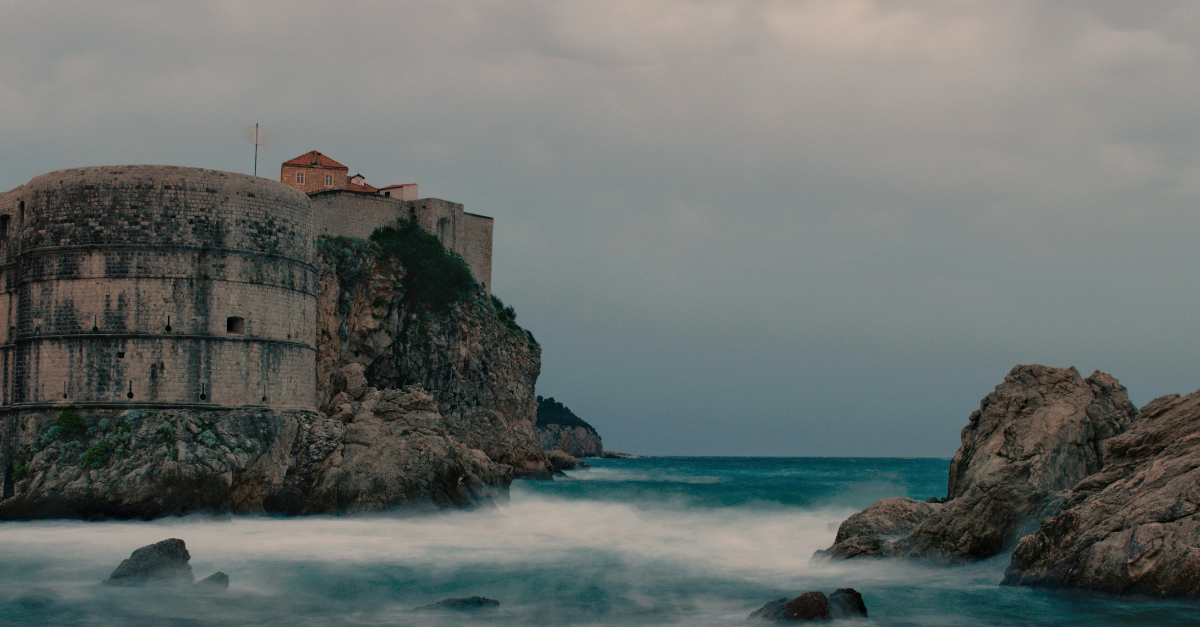Lake Hillier: The Jewel Of Australia

Off the west coast of Australia, hidden on Middle Island, is where you’ll find one of the world’s coolest natural phenomena: Lake Hillier. This lake has gained attention from tourists and scientists all over the world for its incredible pink color.
Let’s take a deeper look at this beautiful mystery.
The Location Of The Lake
Lake Hillier is on the largest island in the Recherche Archipelago, Middle Island. It is one of the few naturally pink lakes in the world. Surrounded by eucalyptus and paperbark trees, the lake stretches nearly 600 meters in length and 250 meters in width. The lake is only a few meters deep and is much shallower than many other natural lakes.
The History Of Lake Hillier
While Lake Hillier was no secret to the Indigenous people who lived on the island, it remained a secret to the world until it was documented by Matthew Flinders in 1802. Flinders was a British explorer who saw the lake after climbing the tallest mountain on the island. Flinders also gave the lake its name, naming it after a crew member who passed on before the explorers left the island.
The Pink Mystery
Lake Hillier is famous for its unique pink color. While there are a few other pink lakes in the world, they all change color depending on the season. Hillier is unique because the water stays pink all year-round. This key difference has made Lake Hillier an interesting destination not only for tourists, but for scientists as well.
Why Is It Pink?
No one knows for sure why Lake Hillier is pink, but scientists think they may have found the answer. After studying the lake, they found that it is home to a unique type of algae called Dunaliella salina and red Halobacterium.
It is believed the interaction between the algae and the bacteria cause the large amounts of salt in the lake to make red dye, and this is what gives Lake Hillier it brilliant pink color.
Lake Hillier’s Unique Ecosystem
Lake Hillier has an incredibly high salt content, almost as much as the famous Dead Sea. Because of this, there are only a few species of bacteria that can survive in the lake. However, even with the high salt levels, Lake Hillier is still a safe place for people to take a dip in.
Life Around The Lake
While Lake Hillier itself is mostly uninhabitable, the island been home to Indigenous Australians for centuries. For them, the lake is an important part of their culture and has a special place in local stories.
Indigenous Australians have always contributed to the conservation of the lake, and they continue to do so today by promoting sustainable tourism and sharing knowledge about Middle Island’s ecosystem.
Lake Hillier Tourism
Because of its cool pink color, Lake Hillier has become a popular destination for tourists. Since the lake is located on a remote island, the only way to get there is by taking a boat or a helicopter ride. Both options offer a great opportunity to witness the unforgettable beauty of the lake and the surrounding landscape.
While the lake is safe to swim in, tourists will need to get special permission since Lake Hillier is currently only open for scientific study.
The Future Of Lake Hillier
For years, scientists have long been fascinated by the color of Lake Hillier, but efforts are also underway to preserve the lake. Climate change and growing popularity with tourists are threats to the lake’s unique ecosystem.
To keep Lake Hillier safe for years to come, there have been great efforts to preserve the natural landscape of the island and promote sustainable tourist practices.
Final Thoughts
Lake Hillier is one of the world’s most interesting natural wonders and has enchanted people since it was first discovered. Today, it continues to be an important site for tourism and scientific discovery.
Since the lake has such a unique ecosystem, any travelers wishing to see the pink water up close should do so in a sustainable way, so that Lake Hillier can continue to enchant people for years to come.
















